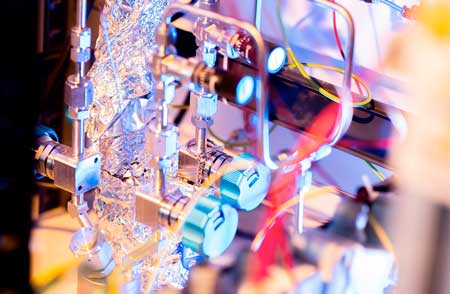The prospects of additive manufacturing (3D printing) as a versatile tool for prompt and inexpensive prototyping are extremely promising. This family of methods are set to make fabrication processes faster, more efficient in terms of the raw materials and energy required, and more flexible.
.
However, additive manufacturing has not yet been broadly applied to micro- and nanotechnology.
.
Lithography, as the methods used for structuring in microelectronics are called collectively, is based on the repetition of complex multistep procedures in each of which a so-called “resist” that serves as a template is applied and later removed. Not only is current lithography slow, it also wastes materials and energy, is poorly adapted to combining a large number of distinct materials, and extremely costly in terms of capital expenses.
Case Study: How PepsiCo achieved 96% cost savings on tooling with 3D Printing Technology
Above: PepsiCo food, snack, and beverage product line-up/Source: PepsiCo PepsiCo turned to tooling with 3D printing...





0 Comments